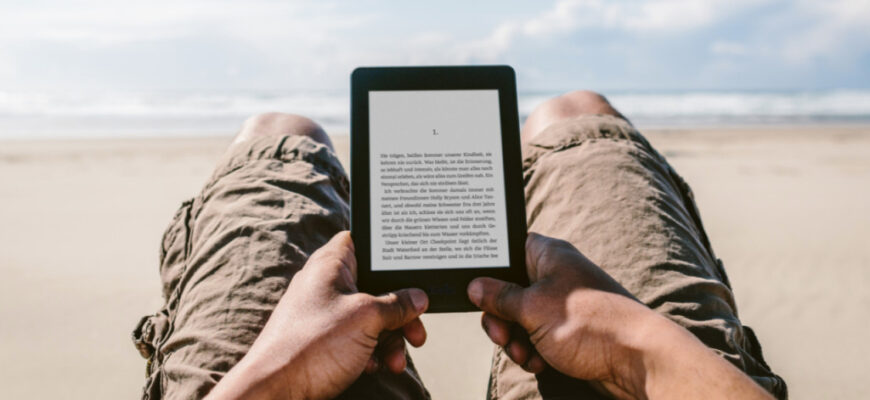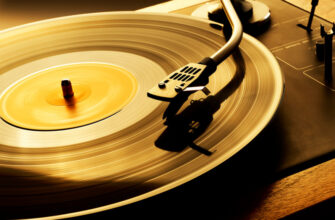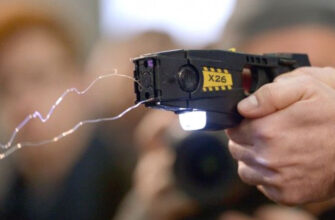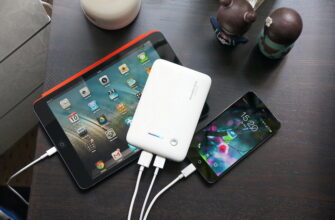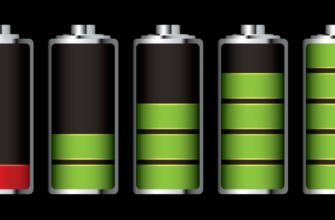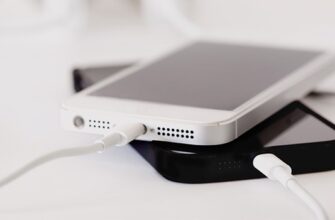Before buying an e-book, it is worth deciding whether it will be used only for reading, or for other purposes.

- How to choose an e-book to read: what to look for
- Types of e-books
- EBooks
- Advantages
- disadvantages
- Compact multimedia devices
- Advantages
- disadvantages
- Tablets
- Advantages
- disadvantages
- What is the best choice?
- The main criteria for choosing an e-book
- Screen type
- Electronic paper (e-ink)
- Advantages
- disadvantages
- TF or budget versions LCD
- Advantages
- disadvantages
- IPS Displays
- Supported formats
- Internal storage capacity
- Battery capacity and battery life
- Top manufacturers
- How to choose an e-book for a student
How to choose an e-book to read: what to look for
The main criteria when choosing an e-book:
-
Type (e-book itself, compact multimedia device, tablet);
-
Screen type;
-
Built-in memory;
-
Supported formats;
-
Built-in battery capacity or battery life.
-
The device manufacturer is also important.
Types of e-books
There are three types of e-books, and they differ primarily in the functionality of the device:
-
E-books themselves;
-
Compact multimedia devices;
-
Tablets with the prevailing e-book functionality.
EBooks
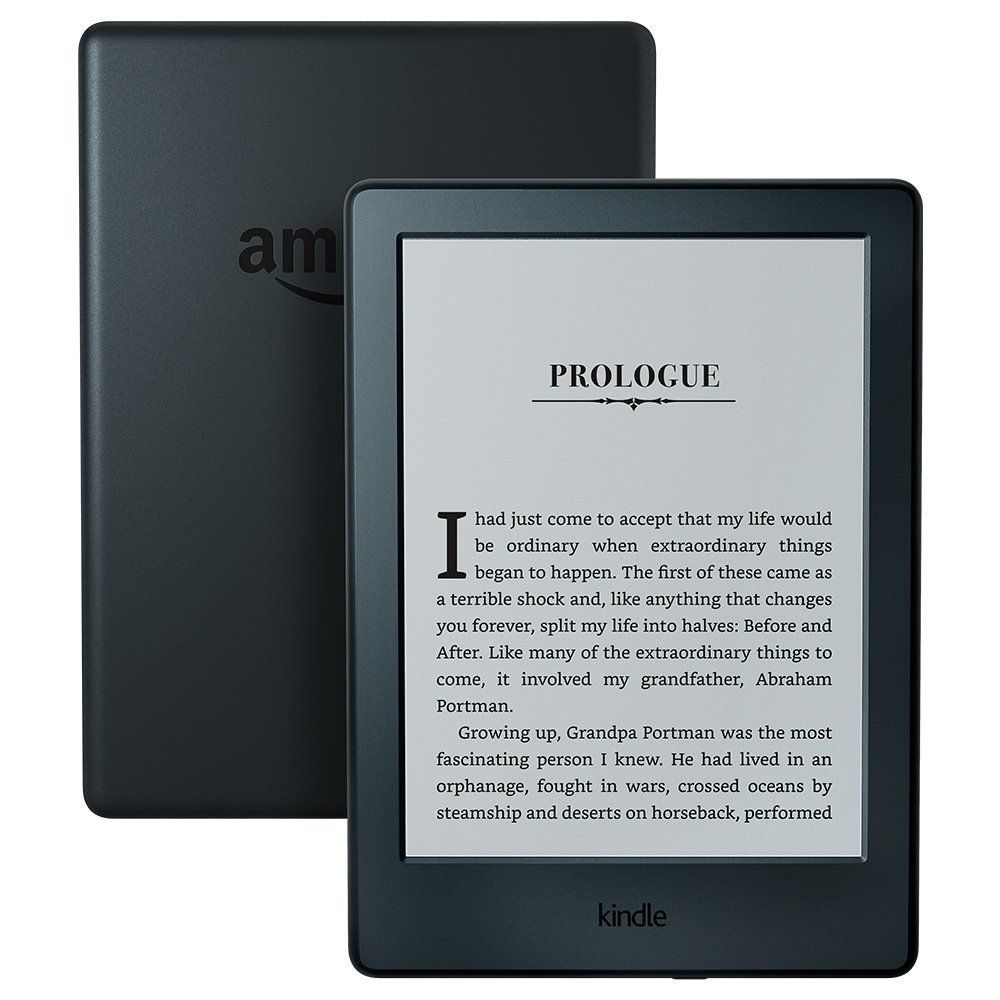
Devices of this type have very narrow and limited functionality. They are intended solely for the playback of e-books. They are equipped with a special energy efficient e-ink screen ('electronic ink') and sophisticated navigation, including separate buttons for turning pages.
Advantages
-
Excellent readability from the screen;
-
Small size and weight.
-
Low degree of eye fatigue due to the lack of screen matrix backlighting;
-
Maximum autonomy (up to several weeks of operation on a single charge);
disadvantages
-
Relatively high price (from 2-3 thousand rubles, while a multimedia device is available for 800-1000 rubles);
-
Lack of screen backlight. However, it is worth making a reservation – there are models of e-books with an e-ink display, which is complemented by a backlight for reading in the dark. But they are rare and expensive.
-
Flickering effect when turning pages due to the technology of screen production;
-
A limited number of supported e-book formats;
Compact multimedia devices
Such devices are a cross between an e-book itself and a tablet. They usually run on proprietary firmware, the functionality of which determines the functionality of the device itself.
Most often, the manufacturers of such devices are Chinese companies like Texet and Ritmix, so the disadvantages can also include the low reliability of the device.
Advantages
-
Color screen;
-
The lowest price in its segment;
-
Optimal autonomy (up to several days of operation on a single charge);
-
Support for a wider file format than regular e-book. For example, such a device can play music, audiobooks, images, in some cases even low-resolution video;
disadvantages
-
Usually low quality, desaturated TF display with 'footprint' effect when turning pages;
-
Lack of multitasking possible;
-
Long startup time. If it is enough to take the e-book out of the bag – and it will be ready for use (the image remains on the screen even when the device is turned off or 'sleeping'), then such a device must first be turned on and then put into reading mode;
Tablets
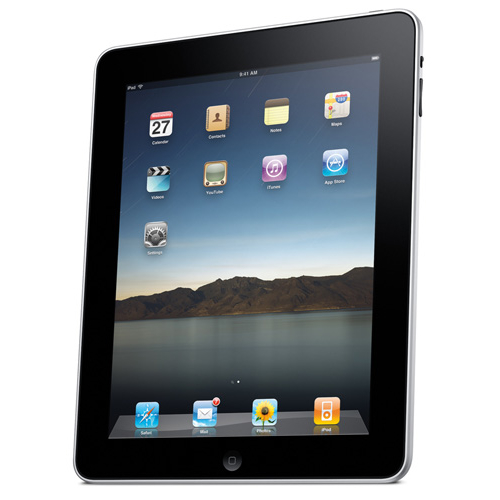
Tablet computers can also be used to read e-books. Moreover, a number of manufacturers (for example, Prestigio and other companies) produce devices in which this feature prevails. In most cases, such tablets work on the operating system Android, which opens up opportunities for flashing and expanding functionality by installing third-party applications.
A tablet is a good solution if you plan to use the device not only for reading e-books and listening to audiobooks, but also, for example, for surfing the web or watching videos.
Advantages
-
Support for all formats of e-books (expandable by installing third-party software), including rare 'comic';
-
Convenient navigation using the touchscreen display.
-
Ability to work as a full-fledged tablet computer (flashing may be required);
-
Support for multimedia files;
disadvantages
-
Minimum battery life (up to 10 hours of the screen on, even for the most 'tenacious' devices);
-
Due to the multifunctional firmware, it may be difficult to use.
-
Relatively high price (from 5-6 thousand);
-
Increased eye fatigue due to the rich backlight of the screen;
What is the best choice?
It is worth choosing the type of device based on your needs:
-
If you plan to exclusively read e-books, and mostly fiction, then a specialized 'reader' on an e-ink display would be a good choice. The user will appreciate the low weight of the device and its high autonomy;
-
If you plan to read technical literature, various educational materials or richly illustrated publications, you can pay attention to compact multimedia devices with a large color screen. However, in this case, the list of formats supported by the 'reader' is very important – for example, many models are not capable of playing PDF or DJVU;
-
If you plan to read richly illustrated literature, comics, manga, books in rare formats (for example, CHM, in which reference editions are often typeset); and also use the device not only for reading books – you should pay attention to the tablet.
-
The budget can be ignored. High-quality e-books and middle-class tablets cost about the same – in the range of 6-8 thousand rubles. Multimedia devices are usually cheaper, but they are not highly recommended for purchase due to limited firmware capabilities.
The main criteria for choosing an e-book
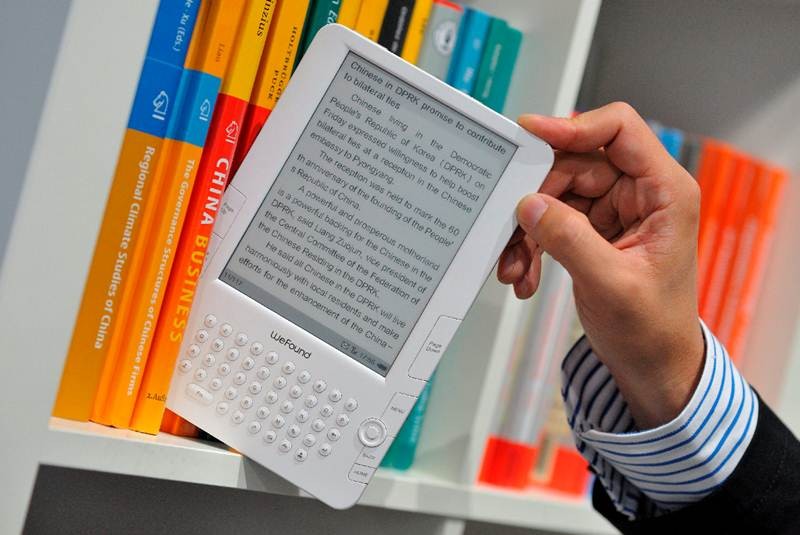
The main technical characteristics that you should pay attention to when choosing an e-book are:
-
Screen type;
-
Supported formats;
-
Built-in memory;
-
Built-in battery capacity or battery life.
Other parameters, such as case material, can be ignored as they do not determine the performance of the e-reader.
Screen type
The ease of reading from an e-book and the ability to reproduce color images by the device directly depends on the type of screen. Most often, such devices use matrices of the following types:
-
'Electronic paper', aka e-ink;
-
TF or LCD;
-
IPS.
Electronic paper (e-ink)
“Electronic paper” (e-ink) is a special type of display, which has an active matrix not from LEDs, but from special ink capsules. Therefore, it also does not have its own backlight. Instead, the image on the screen is visible in reflected light – just like on writing paper.
The main feature of e-ink is the highest autonomy. The display is capable of displaying a 'picture' without consuming power for several hours. And the current itself is consumed only when the image changes.
E-paper is one of the best display options for e-readers.
Advantages
-
The highest battery life of e-books equipped with such a display, up to several weeks;
-
High contrast of the image;
-
Minimal eye strain. Due to the absence of a frontal light source, the visual system is not overloaded and does not get tired;
disadvantages
-
Monochrome. Electronic paper (more precisely, the version used in books) does not display color images;
-
Lack of a sensory layer. Therefore, menu navigation is push-button;
-
Lack of backlighting. You can't read in the dark;
-
Mechanical fragility. These screens can break even with relatively little pressure. Therefore, for an e-book equipped with an e-ink matrix, it is worth purchasing a cover;
-
Flickering when changing images;
TF or budget versions LCD
TF or budget versions LCD are used in low cost multimedia devices. These screens, with their large size, have a low price, therefore they are actively used by Chinese electronics manufacturers. TF or LCD – matrices are usually colored, although with a small range of displayed shades, sometimes they are supplemented with a sensor layer.
When choosing a device equipped with this type of display, it is recommended to visually assess the quality of the displayed 'picture'. Since it will take a long time to watch the screen (often several hours in a row), the eyes should be minimally tired. And if at first glance there is any discomfort, you should choose an e-book with e-ink or IPS-matrix.
Advantages
-
Color. On them you can view polychrome images or texts;
-
Backlight. Can be read in the dark;
-
Sensory layer. Greatly simplifies e-book management;
disadvantages
-
Desaturation of the image;
-
High degree of eye fatigue due to desaturated, grainy backlit images;
-
Image graininess;
IPS Displays
IPS displays are usually installed in tablets. They have a high pixel density for smooth images; complemented by a sensor layer; and most importantly, they have wide viewing angles: up to 178 degrees without color distortion. However, the bright backlighting of the sensor can cause eye fatigue – even at the lowest intensity.
Among the disadvantages of IPS-displays in tablets of the mid-price segment, one can single out only the mechanical fragility of the protective glass, which can be damaged by impact, falling or contact with a pointed object.
Supported formats
There are many different formats for e-books. And therefore, it directly depends on the supported types whether the file is played on the device or not.
The most common e-book formats are:
-
TXT. The simplest and most versatile format. Doesn't support pictures, XML-markup (tables of contents, notes, headings);
-
RTF, DOC, DOCX. Office suite formats Microsoft Office. Supports the insertion of illustrations and XML-markup, but the latter may not be recognized by the 'reader' due to the somewhat non-standard type of tags;
-
FB2. The most common format for fiction. Supports illustrations and simple XML markup, making it reproducible by almost any 'reader';
-
PDF. A format that implies a ready-made layout. The page is not 'parsed' by the 'reader' and is shown as it is. This can make it difficult to read tiny text on small screens;
-
DJVU. A format that implies a ready-made layout. The page is not 'parsed', but the book itself may have some semblance of XML markup with pagination and table of contents;
-
EPUB. Format with support for images and page markup ('pseudo-layout'), as well as XML tags. It is found infrequently and mainly in highly specialized and technical literature;
-
CBR, CBZ. Archives with images. Comics, manga, etc. are most often used in this format. If you plan to read such literature, the book must necessarily support this format;
-
CHM. Help format, supports HTML markup. It is rare, mainly in reference books.
Thus, if you plan to read fiction, then the book must necessarily support the FB2 format. For highly specialized literature, you will need support for DJVU and EPUB, for scanned magazines or similar publications – PDF, for reference books – CHM, for graphic novels – CBR / CBZ.
Internal storage capacity
The number of books that can be 'thrown' into the memory of the 'reader' directly depends on the capacity of the internal storage. And the optimal value of this parameter is determined by preferences in the literature. So, for works of fiction, in fact, almost any e-book is suitable, since the FB2, TXT and DOC / DOCX / RTF formats 'weigh' a little.
But for other formats, you will need a reader with a large amount of internal storage – at least 2 GB. For example, a scanned typeset number of a magazine can 'weigh' 150-200 MB.
But this is only true for e-books and compact multimedia devices. Tablets, since they run on a separate operating system, require even more internal storage. So, the 'vital' minimum as of 2017 is 8 GB. It is desirable, of course, more – 16 GB or even 32 GB. But 64 GB and more will be required only if you want to watch movies, TV shows from the tablet, and also listen to audiobooks.
Battery capacity and battery life
The higher they are, the better. Moreover, the battery capacity is usually indicated only for tablets. Regardless of the manufacturer, price segment and release date of the device, it must be more than 3000 mAh – only in this case the device will work at least until the end of the day.
Top manufacturers
-
The best manufacturers of proper e-books with a display type 'e-paper' are Amazon, Onyx, Barnes & Noble, Reader and PocketBook.
-
The best manufacturers of compact multimedia devices are Ritmix and Texet.
-
The best tablet manufacturers are Xiaomi, Acer, Asus, Samsung and Lenovo.
How to choose an e-book for a student
When choosing an e-book for a student, first of all, you should pay attention to the type of literature that you plan to read using this device. For novels, poems, other works of art, an ordinary 'reading room' is suitable. But for textbooks, teaching aids, etc. – richly illustrated, with formulas, graphs or other visual content – it is better to get a tablet in which reading functions prevail or there is a parental control mode.
In the following articles, our experts tell you what to choose – a smartphone or a tablet and the secrets of choosing a smart watch.
Attention! This material is the subjective opinion of the authors of the project and is not a purchase guide.

